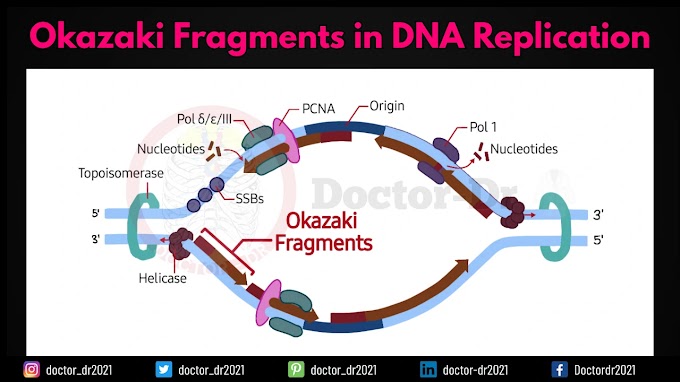By Microbiology Doctor-dr
The solar system's planets were reshuffled as a result of the sun's scorching radiation.
Simulations imply that sunlight evaporating gas confused the orbits of the massive planets.
The solar system's formation, the still-forming big planets sidestepped, performed a do-si-do, and then swung one of their companions away from the sun's gravitational pull. Things had stabilised, and our solar system had reached its ultimate shape.
It is uncertain what caused the planetary shuffle. According to computer models, the scorching radiation of the newborn sun evaporating its planet-forming disc of gas and dust caused the massive planets' orbits to be scrambled, astronomers say in the April 28 issue of Nature.
As a result, the four biggest planets might have been in their final configuration within 10 million years after the solar system's creation around 4.6 billion years ago. That is substantially faster than the prior work's estimate of 500 million years.
The planetary-shuffling process discovered by the scientists in computer simulations is quite novel, according to Nelson Ndugu, an astrophysicist at North-West University in Potchefstroom, South Africa, and Muni University in Arua, Uganda. "It has a lot of potential."
A plethora of data, including studies of extrasolar planetary systems emerging (SN: 7/2/18), had previously indicated that something in our solar system's early past jumbled the orbits of the large planets, a phenomenon known as the giant-planet instability (SN: 5/25/05).
"The evidence for giant-planet instability is really strong," says Seth Jacobson, a planetary scientist at Michigan State University in East Lansing. "It explains many aspects of the outer solar system," he argues, such as the vast number of stony objects beyond Neptune that comprise the Kuiper Belt (SN: 12/31/09).
To determine what caused the instability, Jacobson and colleagues undertook computer simulations of the hundreds of possible outcomes for the early solar system. It all began with a young star and a disc of gas and dust encircling the star. The researchers then changed the disk's properties, such as its mass, density, and rate of evolution.
The simulations also included five of the still-forming massive planets. Astronomers believe that a third ice giant, in addition to Uranus and Neptune, was formerly a part of the solar system (SN: 4/20/12). Jupiter and Saturn complete the list of these big planets.
When the sun officially became a star, that is, when it began burning hydrogen at its core 4.6 billion years ago, its ultraviolet light would have ionised and heated the disk's gas to tens of thousands of degrees. "This is a fairly well-documented procedure," adds Jacobson. The gas expands and flows out from the star as it warms up, beginning with the inner section of the disc.
"The disc disperses its gas from within," explains Beibei Liu of Zhejiang University in Hangzhou, China. In the latest study, he and Jacobson partnered with astronomer Sean Raymond of the Laboratoire d'Astrophysique de Bordeaux in France.
According to Jacobson, when the inner section of the disc dissolves, it loses mass, and the embedded, still-forming planets experience less gravity from that region. The planets, however, continue to feel the same amount of attraction from the disk's outer portion. The scientists calls this gravitational torquing, and it can have a rebound effect: "Initially, the planets migrate in, and they reach the [inner] edge of this disc, and they reverse their migration," Liu explains.
Jupiter is mainly unaffected because to its huge mass. Saturn, on the other hand, swings outward and towards the zone occupied by the three ice giant planets in the simulations. According to Liu, when this region grows populated, near planetary contacts occur. One ice giant is ejected from the solar system totally, Uranus and Neptune move further away from the sun, and "they progressively acquire orbits close to our solar system's structure," according to Liu.
The researchers discovered that when the sun's radiation evaporates the disc, a planetary rearrangement almost invariably occurs. "We can't escape this volatility," argues Jacobson.
Now that the researchers have a better sense of what caused the solar system shuffle, the next step is to simulate how the disk's evaporation would effect other objects.
"We've concentrated on the larger planets since their orbits were the original reason," Jacobson explains. "However, we must now do more research to demonstrate how this trigger mechanism connects to tiny bodies."
Read More on 10 lines on red cross society or my hobby doctor paragraph




%20Test%20Syphilis%20Screening,%20Procedure,%20and%20Interpretation.webp)



